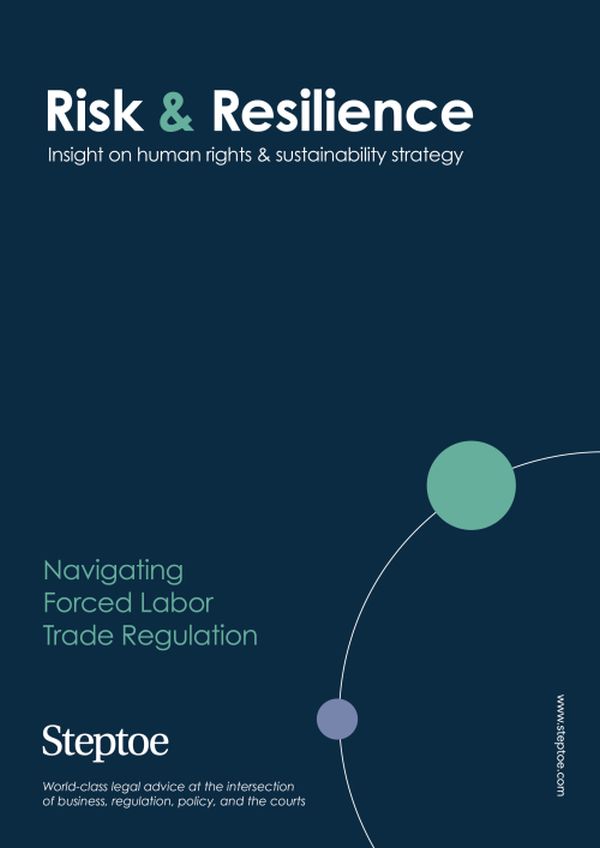- within Government and Public Sector topic(s)
- within Transport, Accounting and Audit and Immigration topic(s)
Abstract
Forced labor – work extracted through coercion, fraud, or menace of penalty – is one of the most prevalent and severe human rights risks in global supply chains. It is also an increasing regulatory and litigation risk for business. While much attention has been paid to emerging due diligence, disclosure, and civil liability regimes, the most complex arena for companies to navigate is arguably trade regulation. This piece focuses on three forced labor-related trade measures: Section 307 of the US Tariff Act; the Uyghur Forced Labor Prevention Act; and the EU Forced Labour Regulation. We compare the scope, enforcement, and sanctions regimes and explain some notable implications for business.
Click below to read the full issue.
The content of this article is intended to provide a general guide to the subject matter. Specialist advice should be sought about your specific circumstances.






